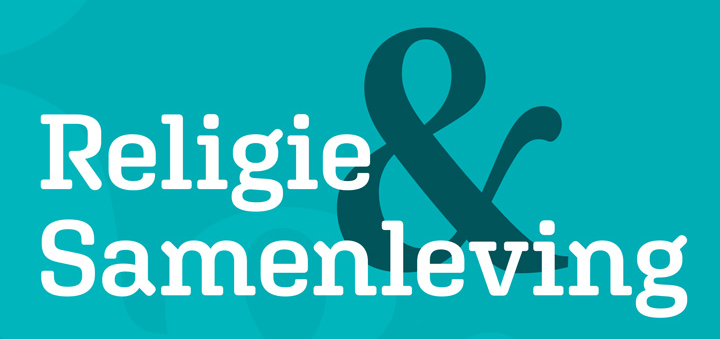Wat is er aan de hand in religieland?
DOI:
https://doi.org/10.54195/RS.11861Samenvatting
Grace Davie’s (1994) famous characterization of European religiosity in terms of believing without belonging triggered us to elaborate in a more sophisticated way on the interplay between religious beliefs and religious belonging. Using latent class cluster analysis, we explored to what extent there are clusters of people with distinct religious profiles which resemble Davie’s categories, and whether, and if so how they have changed over time. Analyses of the survey data from the European Values Study lead to the conclusion that Davie’s idea can be confirmed, however, only to a very limited extent. There appears strong evidence for the existence of a group of what David Voas (2009) has identified as fuzzy believers. We also concluded that European religious diversity persist and the cross-temporal analysis indicates that a clear distinction has emerged between a small group of countries whose citizens can be predominantly characterized as conventional believers and a larger group of countries with a mixture of fuzzy believers, unconventional believers who do not belong, and conventional religious believers.




